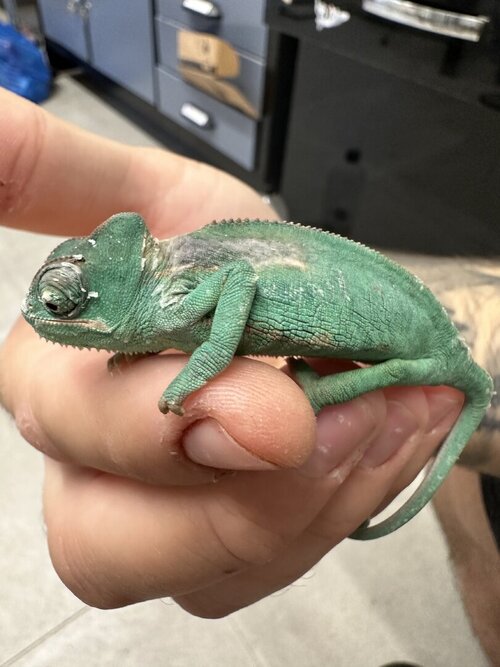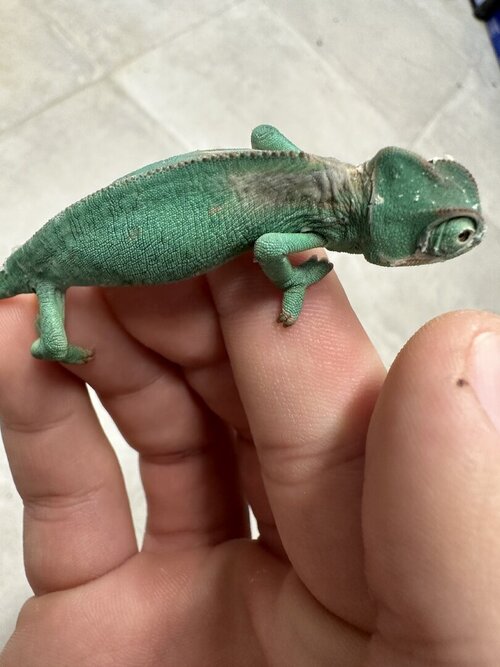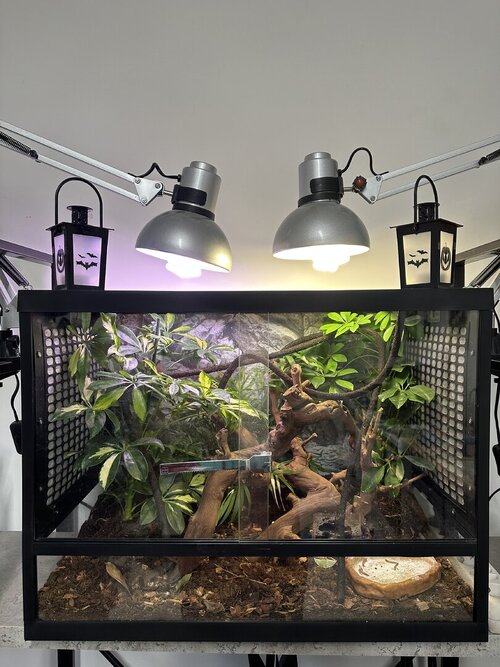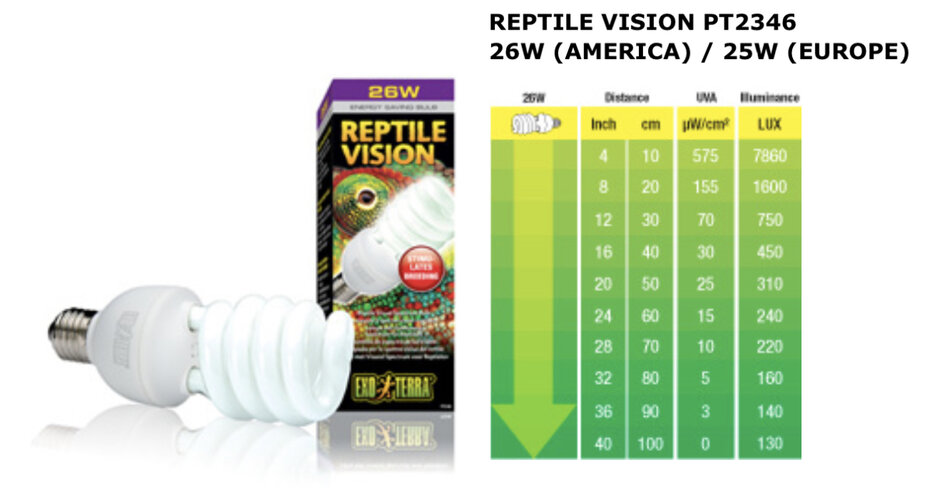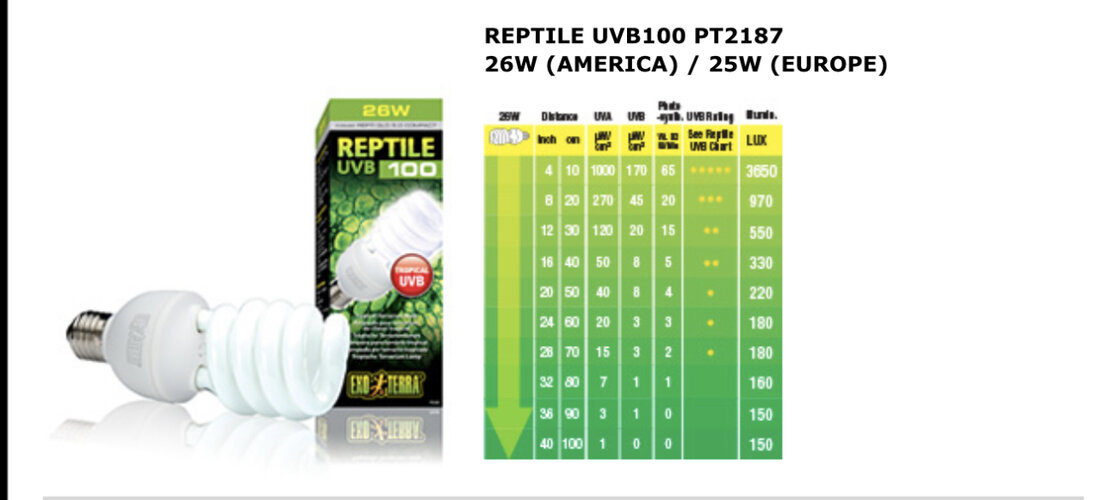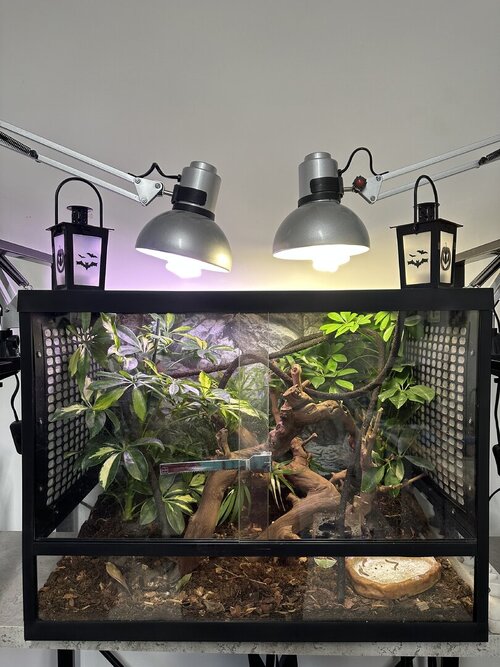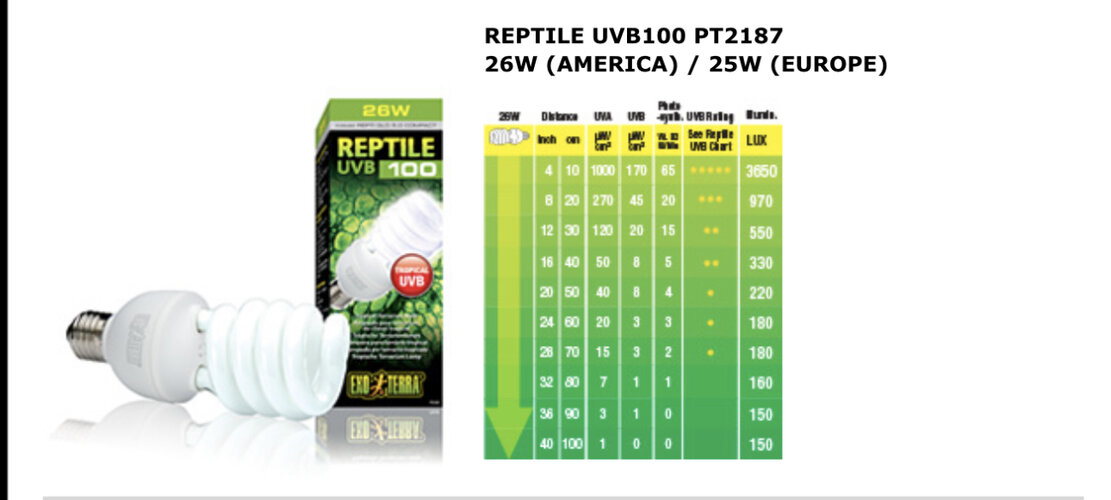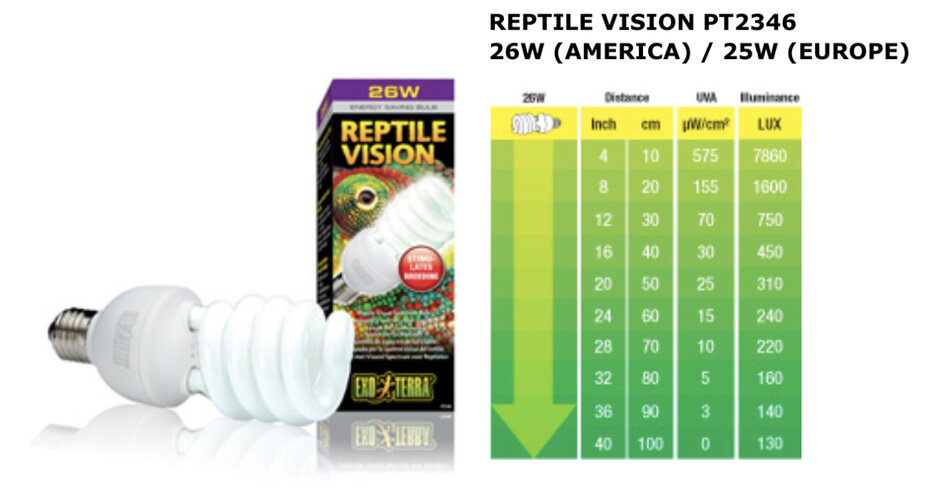Robclau
New Member
Hello guys. I hope you can help me with some information because I’m new in this field. I have a chameleon and it is about 3 months right now. It is with me for like 2 months and it starts to appear some gray spots on the back. I give him calcium’s with and without vitamin D3. It always have some worms in the cage. Recently it changed the skin. It is the same I mean it’s eating, poops looks normal I looked in the mouth and I did not see any problems. I really hope you can help me with some information because in my country we don’t have a vet who works with chameleons. 

